Dr. Christine Lay
“Every student learns differently and at a different pace. Hybrid learning gives teachers a greater opportunity to discover and address these differences.”
– Dr. Christine Lay
Gettysburg Area School District (GASD) is constantly seeking ways to instructionally adapt to an increase in student enrollment transiency, a larger economically disadvantaged student population, an expanding diversity in individual student learning gaps and an increase in the number of students with ELL needs. Combined with an explicit alignment with the PA Core and emphasis placed on the rigor of mastery assessments, GASD designed a blended learning program in order to create an engaging learning environment which fosters student success and promotes digital age learning skills.
The first-year program was implemented in all three elementary school buildings in the district in grades 3 or 4. An investment was made in classroom resources for nine (9) classrooms which provided over 200 students with access to multiple modalities of learning during English Language Arts (ELA) instruction. The instructional strategy and operational model established three (3) distinct learning stations created within the classroom: direct instruction, collaborative and independent station.
GASD created a 2:1 student to computer ratio in the classroom using laptops. Teachers were able to utilize tools, free and paid for digital content, tactile resources and strategies to engage students and support achievement by effectively aligning and infusing technology and digital content into the curriculum. Teachers received on-going, embedded professional development support, coaching and collaborated within their grade-level teams to create data-driven, differentiated curriculum delivery strategies. Depending on the classroom and student needs, teachers made modifications to their teaching and classroom set-up. Teachers also had the opportunity to individually conference with students as needed during the class period.
GASD is proposing to implement the Hybrid Learning Station Rotation Model for the 17-18 school year with sixth grade students and expand to grades 7-8 in the following school years to provide continuity as they transition to middle school. Use of this rotational model ensures that instruction is student-centered. By combining new technology tools with proven teaching methods, the teacher becomes a mentor, guide and support person. In a Hybrid Learning classroom, instruction is targeted based on individual or small group needs as identified through data-informed reviews. The learning environment remains flexible and responsive as students pace their learning based on content mastery. When given this opportunity to succeed, students will grow and achieve.
Successful personalized learning ensures that students are prepared for their personal and professional needs within our evolving, technology-driven society. Personalized Learning enhances diversity of knowledge acquisition, develops social interactions, and reinforces self-discipline and personal accountability. This holistic learning approach, while developed within the classroom, is applied beyond the classroom on an ongoing basis through daily lifelong interactions.
Throughout this instructional transformation, GASD has remained committed to their teachers, ensuring they had the tools, professional development and ongoing support that was needed to be successful at the district and building level. Grant funds will allow us to provide Personalized Learning for our middle level learners and track the program’s impact using IO with the benchmark data named attached.


